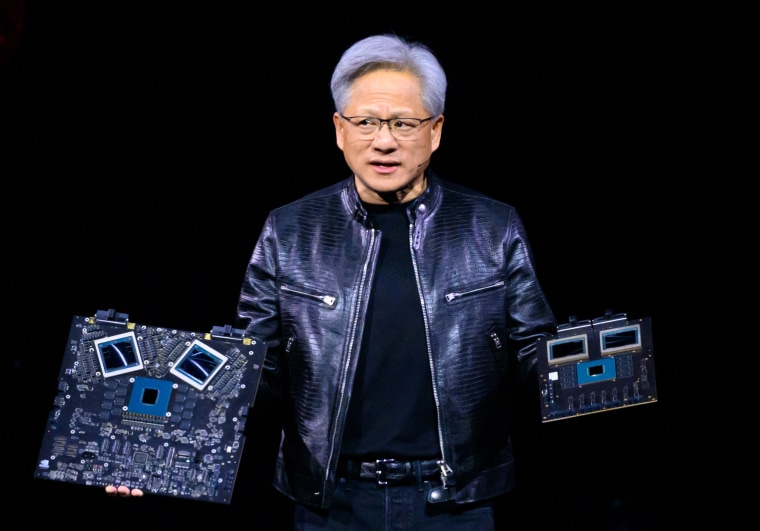Intel Used to Dominate the U.S. Chip Industry – A Look at Its Struggle to Stay Relevant
The Rise of Intel in the U.S. Chip Industry
Intel has long been a dominant force in the U.S. chip industry, known for its innovation and cutting-edge technology. The company’s success can be attributed to a combination of factors, including its strong research and development capabilities, manufacturing prowess, and strategic partnerships with key players in the tech industry.
One of Intel’s key strengths has been its ability to push the boundaries of chip technology, consistently delivering faster and more powerful processors with each new generation. This has enabled the company to maintain a competitive edge in the market and solidify its position as a leader in the industry.
Additionally, Intel’s vertically integrated business model, which includes in-house design and manufacturing capabilities, has helped streamline the chip production process and ensure high quality control standards. This approach has allowed Intel to quickly bring new products to market and meet the evolving needs of customers in a timely manner.
The Decline of Intel and Its Struggle to Stay Relevant
However, in recent years, Intel has faced increasing challenges that have eroded its position in the industry and raised questions about its future relevance. The rise of competitors such as AMD and Nvidia, who have been able to innovate at a faster pace and deliver products that offer better performance and value, has put pressure on Intel to step up its game.
Additionally, the shift towards mobile and cloud computing has disrupted Intel’s traditional PC-centric business model, forcing the company to adapt to new market dynamics and consumer preferences. Intel’s struggles to break into the mobile market and compete effectively against players like Qualcomm and Apple have further hindered its growth prospects.
Furthermore, Intel’s manufacturing woes, including delays in the production of its 7nm chips and difficulties transitioning to more advanced technology nodes, have raised concerns about the company’s ability to keep up with industry trends and deliver cutting-edge products that can compete with the best in the market.
The Road Ahead for Intel
To address these challenges and regain its competitive edge, Intel has embarked on a series of strategic initiatives aimed at revitalizing its business and repositioning itself for future growth. This includes a renewed focus on innovation, with investments in areas such as AI, autonomous driving, and 5G technology, as well as efforts to strengthen its supply chain and improve manufacturing efficiency.
Moreover, Intel has been actively pursuing partnerships and collaborations with industry leaders to leverage their expertise and resources, enhance its product offerings, and expand its market reach. By forging alliances with the likes of IBM, Google, and Microsoft, Intel aims to drive innovation, accelerate product development, and create new revenue streams that can fuel its long-term growth.
In conclusion, while Intel may be facing challenges in the U.S. chip industry, the company’s rich legacy of innovation, technological expertise, and strategic partnerships position it well to overcome obstacles and stay relevant in an increasingly competitive market. By embracing change, investing in R&D, and fostering collaborative relationships, Intel can pave the way for a brighter future and continue to shape the future of the semiconductor industry for years to come.

